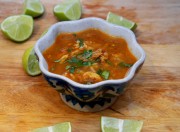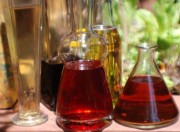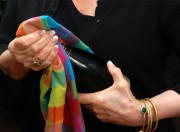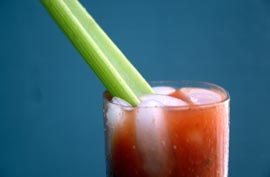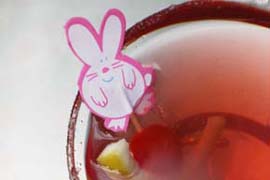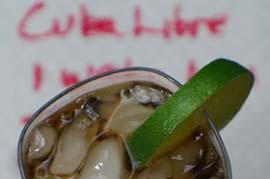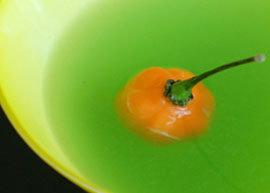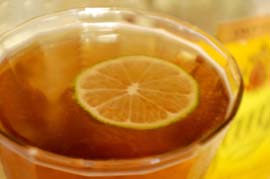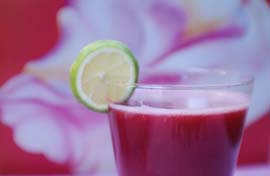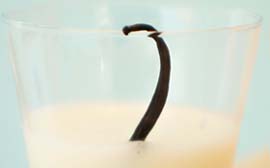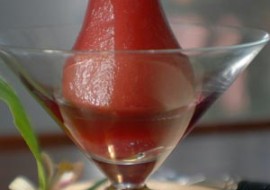Crab curry is at once exotic, delicious, spectacularly beautiful and simple to prepare. Seafood curries are a personal favorite, so I asked my friend Leela Manilal to share her crab recipe. She was happy to do so; especially since she’s a longtime fan of our local San Francisco Dungeness crabs, and still thrills at a visit to Fishermen’s Wharf for the just-off-the-boat delicacy. We headed to Alioto’s outdoor stand where the fishmonger cleaned and cracked several beauties that we would eat out of the shell.
As he worked, Leela confided that “Dungeness crabs are so much nicer and sweeter than those horrible little green creatures that we get in Delhi”. She told how they are shipped hundreds of miles inland from the coastal regions of Mumbai and southern India and sold live from buckets in local markets. Leela giggled and related the chaos that ensues when the little critters escape, sending shoppers scurrying as clerks attempt to recapture their wares. Being no stranger to Indian markets, I had to admit how spoiled we are in San Francisco with this beautiful wharf and the promise of a walk by the bay once we collect our tidily wrapped crabs.
Crab curry is a fairly quick, easy assembly when you prep the garlic, ginger, onions, spices, tomato, coconut milk and tamarind before beginning. With everything ready at hand, you can focus all of your attention on the fine art of creating the gravy, adding liquid bit-by-bit and tasting as you go.
Most all of the ingredients for this dish are available at good local markets. You can find ghee (a form of clarified butter) and tamarind paste (an acid much like citrus, made from the pods of the tamarind tree) at Indian grocery stores or online. Western cooks often use vegetable oil for their Indian dishes, and this is perfectly acceptable. But ghee imparts a taste and aroma not otherwise possible. Its addition is well worth a trip to the store.
Tamarind paste may give you the culinary heebie-jeebies the first time you encounter it. Twenty-five years ago, Leela handed me a jar of black, gooey mystery stuff that made me question if it was safe to eat. Be brave! Take off the lid and give it a sniff. Tamarind paste smells a little like raisins and is used extensively in Indian curries and chutneys.
Once you’re in the kitchen and things are sizzling, keep in mind what Leela taught me years ago: Adding liquids a little at a time makes all the difference in Indian cooking. Stir and let the liquid absorb the flavors and reduce before adding more. If you pour all the coconut milk or water in at once, the gravy becomes diluted and runny. Patience equals perfection.
When Leela and I made this crab curry, I was surprised that the gravy was not the usual red or golden color but a deep chocolate brown. Yummy and smooth, but not visually pretty. When plating the finished dish, fill a serving platter with hot Basmati rice then arrange the orange-tinged crab pieces on top. Spoon the gravy into the crevices and then drizzle over the top. Don’t pour it freely or everything will swim in brown. Decorate the crab curry with chopped green cilantro and lots of lime pieces for spritzing—and color contrast.
Dig in! At my table we don’t stand on formalities with crab curry. Within seconds the room fills with the sounds of breaking shells, lip smacking and moans of pleasure as we lick the scrumptious gravy off our fingers. Truth is we make absolute pigs of ourselves. During all of this, Leela looked up with crab leg in hand and said, “will you teach me how to make chocolate ganache? I want to master truffles.” I agreed and grabbed another leg. Stay tuned.
Print a copy of Crab Curry for your convenience.
Become a Beyond Wonderful fan on Facebook.

